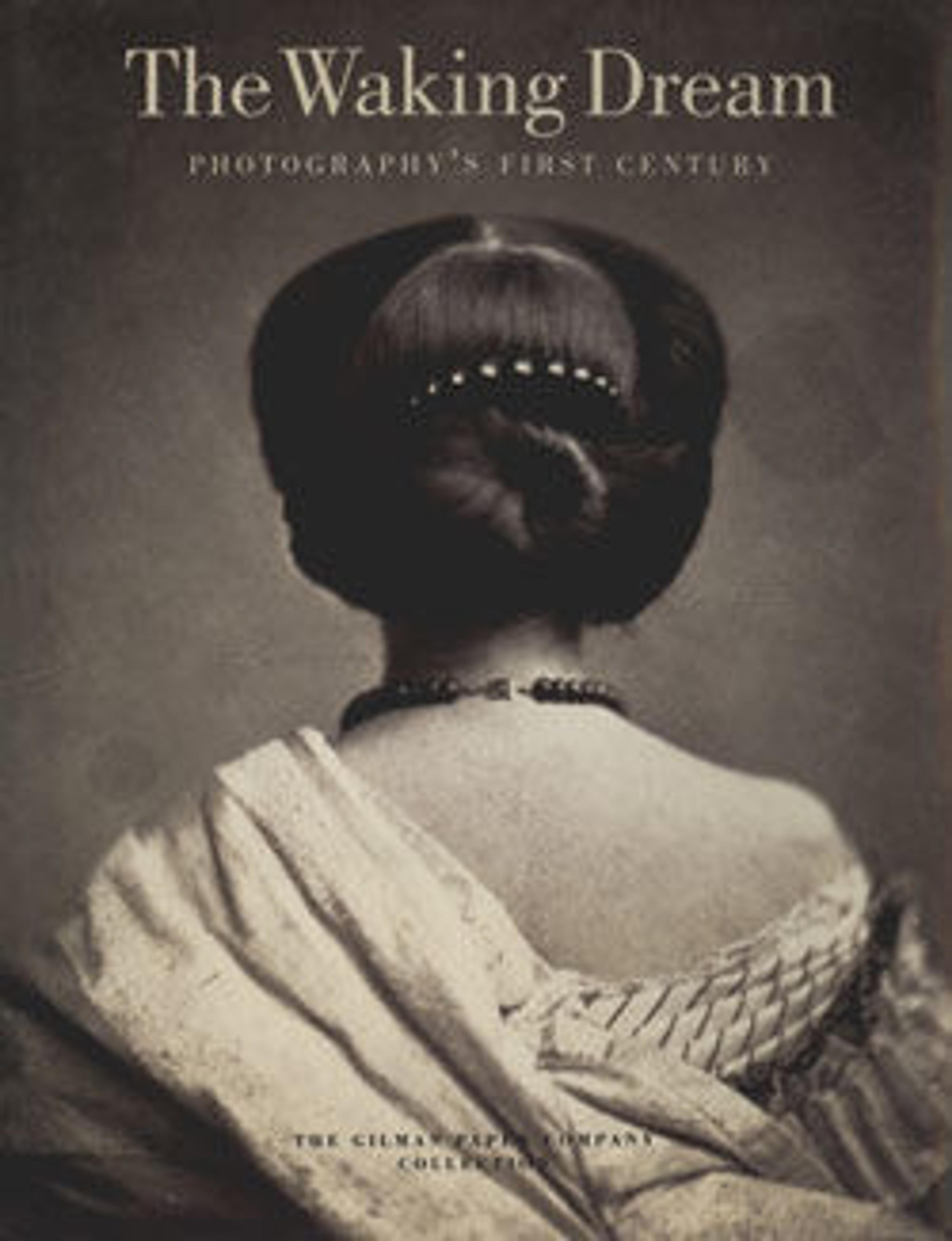[Ku Klux Klansman]
Almost immediately after the American Civil War, ex-Confederates in the South established hundreds of secret societies to oppose radical Reconstruction and to maintain white supremacy over liberated African Americans. The best-known of these vigilante societies was the Ku Klux Klan, organized in 1865 in Pulaski, Tennessee. Denied the right to bear arms, the former Confederate soldiers feared insurrection by newly armed African Americans who, in 1868 and 1870 respectively, would also be given citizenship and voting rights in the Fourteenth and Fifteenth Amendments. The Klan adopted strange disguises, used mysterious language, and made regular nighttime horseback raids with fiery torches on Black communities. The riders often muffled their horses' hooves and concealed themselves in white robes and masks (seen here), posing as spirits of the Confederate dead returned from the battlefields to haunt those formerly enslaved. The clandestine organization was so effective in systematically keeping Black voters away from the polls that ex-Confederates regained political control in most of the Southern states within five years of the war's end.
Believed to be one of the earliest known portraits of a Klansman in costume, this tintype was probably made before 1870, the date that marks the disbandment of the Klan's first central organization. The insidious intimidation of Black Americans had proven so effective that Klan activity remained largely underground until the 1910s.
Believed to be one of the earliest known portraits of a Klansman in costume, this tintype was probably made before 1870, the date that marks the disbandment of the Klan's first central organization. The insidious intimidation of Black Americans had proven so effective that Klan activity remained largely underground until the 1910s.
Artwork Details
- Title: [Ku Klux Klansman]
- Artist: Unknown (American)
- Date: ca. 1869
- Medium: Tintype
- Dimensions: 8.1 x 4.9 cm (3 3/16 x 1 15/16 in.)
- Classification: Photographs
- Credit Line: Gilman Collection, Gift of The Howard Gilman Foundation, 2005
- Object Number: 2005.100.615
- Curatorial Department: Photographs
More Artwork
Research Resources
The Met provides unparalleled resources for research and welcomes an international community of students and scholars. The Met's Open Access API is where creators and researchers can connect to the The Met collection. Open Access data and public domain images are available for unrestricted commercial and noncommercial use without permission or fee.
To request images under copyright and other restrictions, please use this Image Request form.
Feedback
We continue to research and examine historical and cultural context for objects in The Met collection. If you have comments or questions about this object record, please contact us using the form below. The Museum looks forward to receiving your comments.
